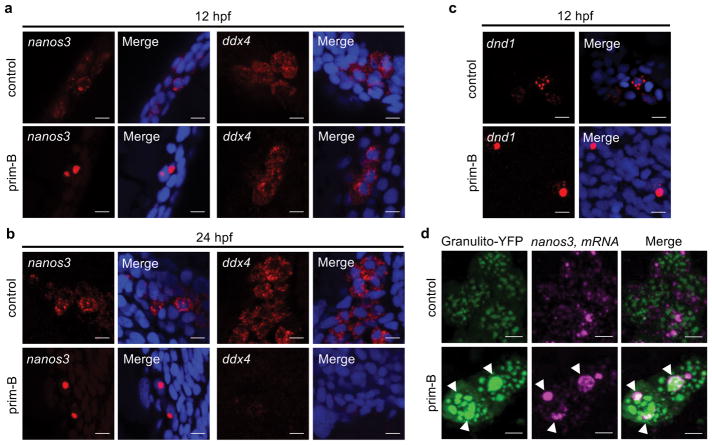Figure 5. Primordazine induces the formation of abnormal RNA granules.
(a,b) FISH reveals that nanos3 mRNAs form large granules in response to prim-B at 12 hpf (a) and 24 hpf (b), while ddx4 mRNAs did not show abnormal granules at 12 hpf (a) or largely disappeared at 24 hpf (b). Scale bar, 10 μm. (c) Similarly, dnd1 mRNAs form large granules in response to prim-B at 12 hpf. Scale bar, 10 μm. (d) mRNA of YFP fused to granulito, a germ cell granule marker, was injected to label germ cell granules. Prim-B treatment results in abnormally large granules among which some germ cell granules contain large nanos3 mRNA granules at 24 hpf. In contrast, germ cell granules in the absence of prim-B are uniformly distributed with most nanos3 mRNA residing outside. Scale bar, 5 μm. These experiments were repeated two times (a, c, and d) or three times (b) with similar results.

